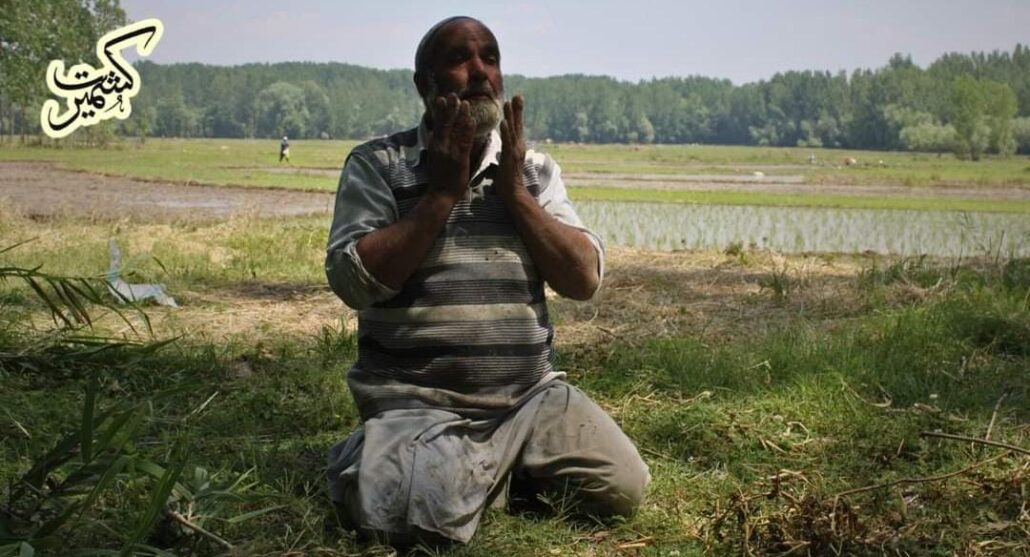Parts of the Kashmir valley on Monday morning received rainfall bringing to an end the extreme hot conditions, which caused massive damage to water bodies and agriculture across the region.
Locals told The Kashmiriyat that on Monday, Anantnag, Shopian, Pulwama Kulgam and parts of north Kashmir received heavy rainfall brining relief from the intense heatwave which has hit the region.
Independent weather forecaster, Kashmir Weather reported that Srinagar recorded a minimum temperature of 24.8 degree Celsius during the night, which was 6.0 degree Celsius above normal while it was also the second highest night temperature recorded in 132 years.
The intense heatwave had caused a massive damage to agriculture and shrunk the water bodies across Kashmir forcing the farmers to seek divine intervention for the rains.
Special prayers were held across the valley where people made prayers for rainfall and an end to the ongoing crisis. large prayer meeting was held at Charar e Shareef which houses the famous Sufi reformer, Hazrat Sheikh Noor u Din Noorani also known as Nund Rishi or Alamdar e Kashmir.
“When hot weather persists over an area for several days, it can cause the atmosphere to become more unstable. This instability can increase the potential for heavy rainfall when a weather system, such as monsoon winds, arrives. The hot surface temperatures can lead to higher rates of evaporation and more moisture in the air, which can contribute to more intense precipitation,” the report added.
